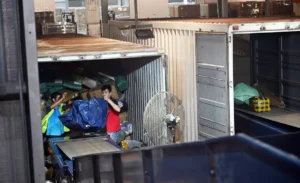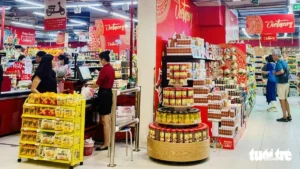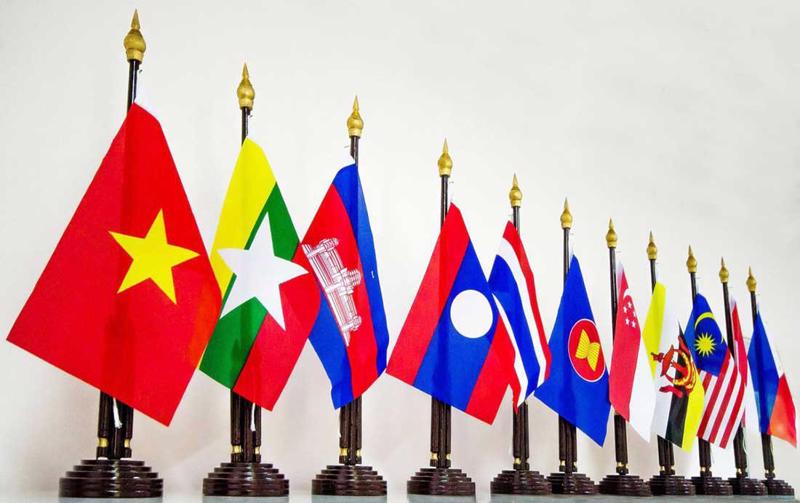The United States accounts for 15% of the total export turnover of the ASEAN region. Intra-ASEAN and regional trade, especially with China, has grown, helping to reduce the impact.
Diversifying markets, moving into new industries and promoting deeper integration are the keys for ASEAN economies to overcome the challenges of global trade disruptions in the context of the US’s new tariff policies, according to the ASEAN+3 Macroeconomic Research Office (AMRO) in its recently released Regional Economic Outlook report in Singapore.
According to the ASEAN+3 Macroeconomic Research Office (AMRO), the fallout from US tariffs could reduce ASEAN+3 growth to below 4% in 2025 and to 3.4% in 2026. For ASEAN in particular, growth could slow down despite the previous forecast of 4.7% annually.
However, ASEAN economies are showing greater resilience. Many have diversified their export markets, with the United States now accounting for just 15% of the region’s total exports, down from 24% in 2000. Intra-ASEAN and regional trade, particularly with China, has grown significantly, helping to cushion the blow.
Dr. Hoe Eee Khor – Chief Economist, ASEAN+3 Macroeconomic Research Office (AMRO) said: “Vietnam has a good foundation, is an important destination for investors, helping to promote faster growth. Along with diversifying markets outside the US, Vietnam can diversify and switch to emerging industries such as electric vehicles, electric batteries, solar panels to promote growth according to the set target”.
According to AMRO, along with other ASEAN countries, Vietnam benefits from low inflation and policy space that can be used to support growth, such as monetary easing and targeted fiscal measures.
AMRO stressed that ASEAN and Vietnam need to continue pursuing structural reforms, such as promoting digital trade, improving industrial capacity and expanding renewable energy , to maintain long-term economic competitiveness and stability.
While the global trade environment remains uncertain, a coordinated response and deep regional integration will be key to overcoming the challenges ahead.
















